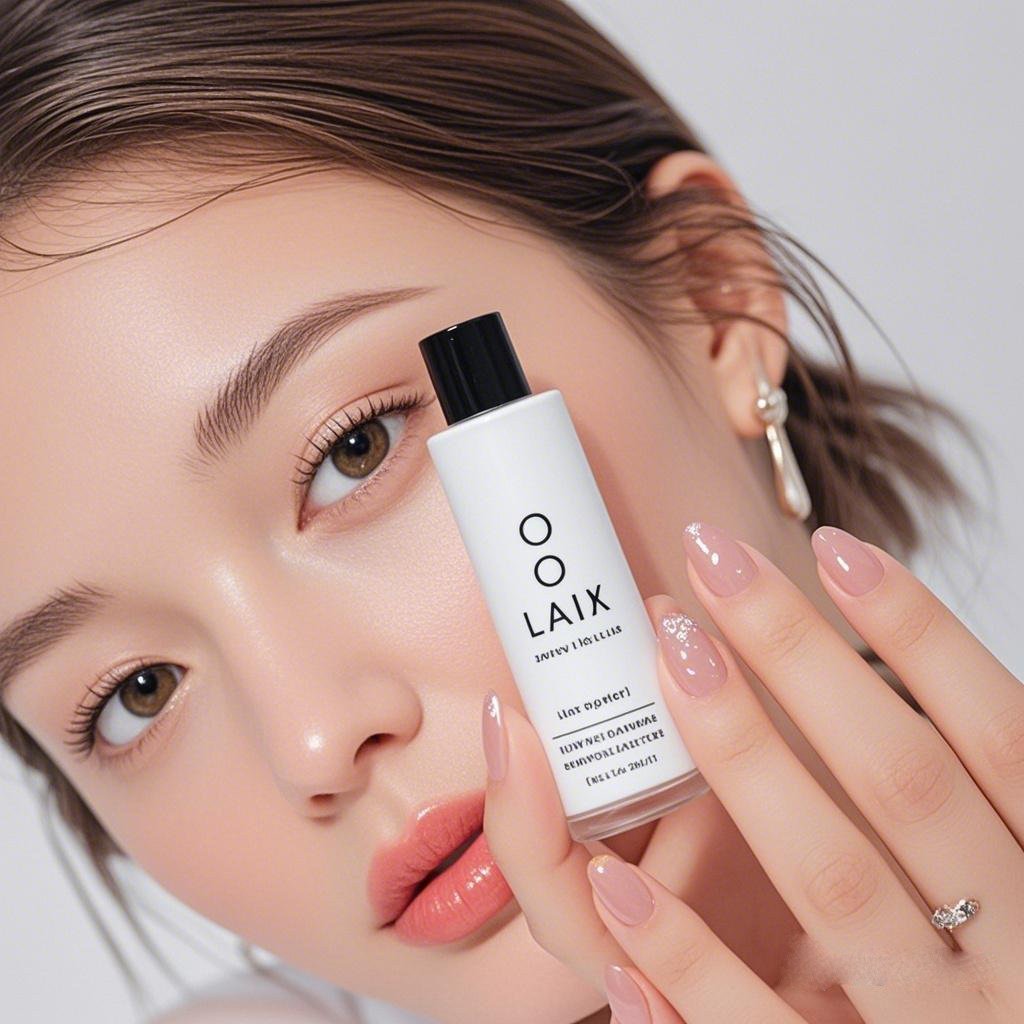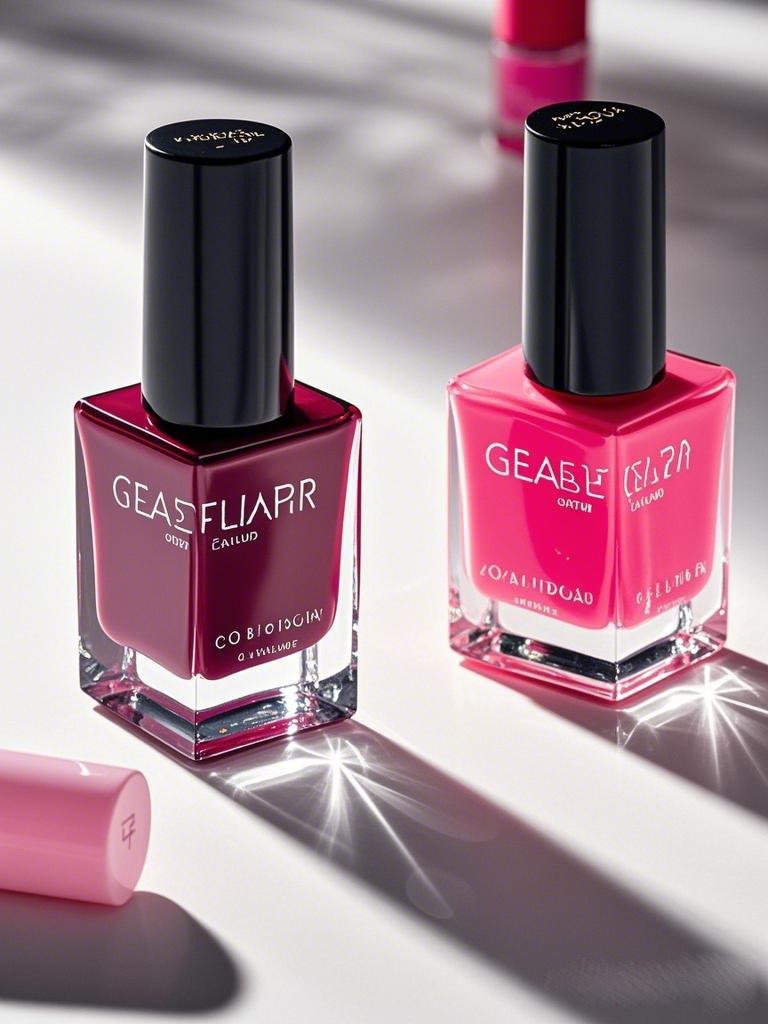How to Identify Nail Disease: Fungal Infections and Nutritional Deficiencies
Nails can reveal a lot about your overall health. Nail diseases such as infections and nutritional deficiencies are common problems that affect the appearance and strength of your nails. In this guide, our tips will help you identify all of these diseases, understand their causes, and explore effective treatments to restore nail health. For more tips on how to keep your nails healthy, check out our guide “Best Nail Care for Healthy Nails”.
1. What is cosmetic?
A nail disease is any condition that affects the health or appearance of your nails. Common problems include fungi, nutritional deficiencies, and trauma-related injuries. Identifying symptoms early can help you seek further treatment and prevent complications. If you’re new to nail care, our “Getting Started with Nail Care Infections: A Step-by-Step Guide” is a great place to start.
2. How to Identify Fungal Nail Fungus
Fungal nail infections are one of the most common nail diseases. Here’s how to identify a fungal nail infection:
Symptoms of the virus
Yellow spots: Brown, white spots appear on the nails.
Thickening: The nails become thick and difficult to trim.
Brittleness: The nails chip or break easily.
Odor: The infection may be accompanied by a bad odor.
Causes
Wet environment: Prolonged exposure to water or humid environments.
Poor hygiene: Using nail tools or walking barefoot in public places.
Risks of diseases such as diabetes: Cut off immune system: Increased.
Treatment options
Antifungal creams: Over-the-counter or over-the-counter treatments.
Oral medications: Used to treat severe infections.
Laser treatment: A modern option for treating stubborn ones.
For more details on treating fungal infections, read our article “Best Home Remedies for Treating Fungal Infections”.
3..Nail Deficiency
Nutritional deficiencies can lead to nail diseases. Here are some things to watch out for:
Symptoms of nutritional deficiencies
Weak nails: Often caused by a lack of biotin or iron.
White spots: May indicate a zinc deficiency.
Vertical ridges: May be a sign of vitamin B12 deficiency.
Spoon-shaped nails: Often associated with iron deficiency anemia.
{“aigc_info”:{“aigc_label_type”:0,”source_info”:”dreamina”},”data”:{“os”:”web”,”product”:”dreamina”,”exportType”:”generation”,”pictureId”:”0″}}
{“aigc_info”:{“aigc_label_type”:0,”source_info”:”dreamina”},”data”:{“os”:”web”,”product”:”dreamina”,”exportType”:”generation”,”pictureId”:”0″}}
Common Nutritional Deficiencies
Biotin: Essential for nail strength and growth.
Iron: Prevents nails from becoming brittle and spoon-shaped.
Zinc: Promotes healthy nail tissue.
Vitamin B12: Supports nail health and prevents ridges from appearing.
Treatment Options
Dietary Changes: Include foods from the queue.
Supplements: Consult a doctor for personalized recommendations.
Topical Treatments: Vitamin-enriched nail creams.
To learn more about the role of diet in nail health, see our guide to the role of diet in nail health.
4. Other common nail diseases
While fungal infections and nutritional deficiencies are common, other nail diseases include:
Psoriasis
Symptoms: Nail scraping, thickening, separation from the nail bed.
Treatment: Topical steroids or light therapy.
Paronychia
Symptoms: Redness, swelling, and pain around the nail.
Antibiotics: Antibiotics or antifungal treatment medications.
Paronychia
Symptoms: Horizontal ridges on the nail.
Causes: Trauma, disease, or poor nutrition.
For more information on paronychia, read our article “Understanding paronychia: Symptoms and treatment.”
5. How to prevent nail diseases
Preventing nail diseases is easier than treating them. Follow these tips:
Maintain good hygiene: Keep nails clean and dry.
Avoid sharing tools: Prevent the spread of infection.
Wear protective gloves: When cleaning or in contact with water.
Eat a balanced diet: Make sure you get the necessary reserves.
Check regularly: Monitor your nail health and seek medical advice if needed.
For more tips on preventing nail problems, see our guide on how to prevent broken nails.
6. When to see a doctor
If you notice persistent symptoms of nail disease, such as severe discoloration, pain, or changes in nail shape, see a dermatologist. Early diagnosis and prevention of complications. For more information on when to seek professional help, visit the American Academy of Dermatology’s Nail Health website.
Conclusion
Understanding nail diseases, such as fungal infections and nutritional deficiencies, is key to keeping your nails healthy. By identifying symptoms, updating solutions, and taking preventative measures, you can keep your nails strong and beautiful. For more nail care tips, check out our ultimate guide to nail care.
Call to Action
Explore more: Check out our guide on the best nail care tips for healthy nails.
Share your tips: Post your nail care routine on social media and tag us @yoursite.
Recommended Reading
How to Collagen Manicure Guide: Complete
Top 10 Nail Care Products for 2025
Understanding Krill: Symptoms and Treatments
The Role of Diet in Nail Health
Best Home Remedies for Treating Fungal Nails




